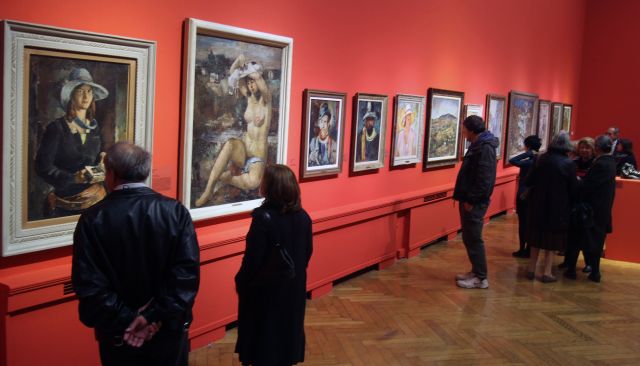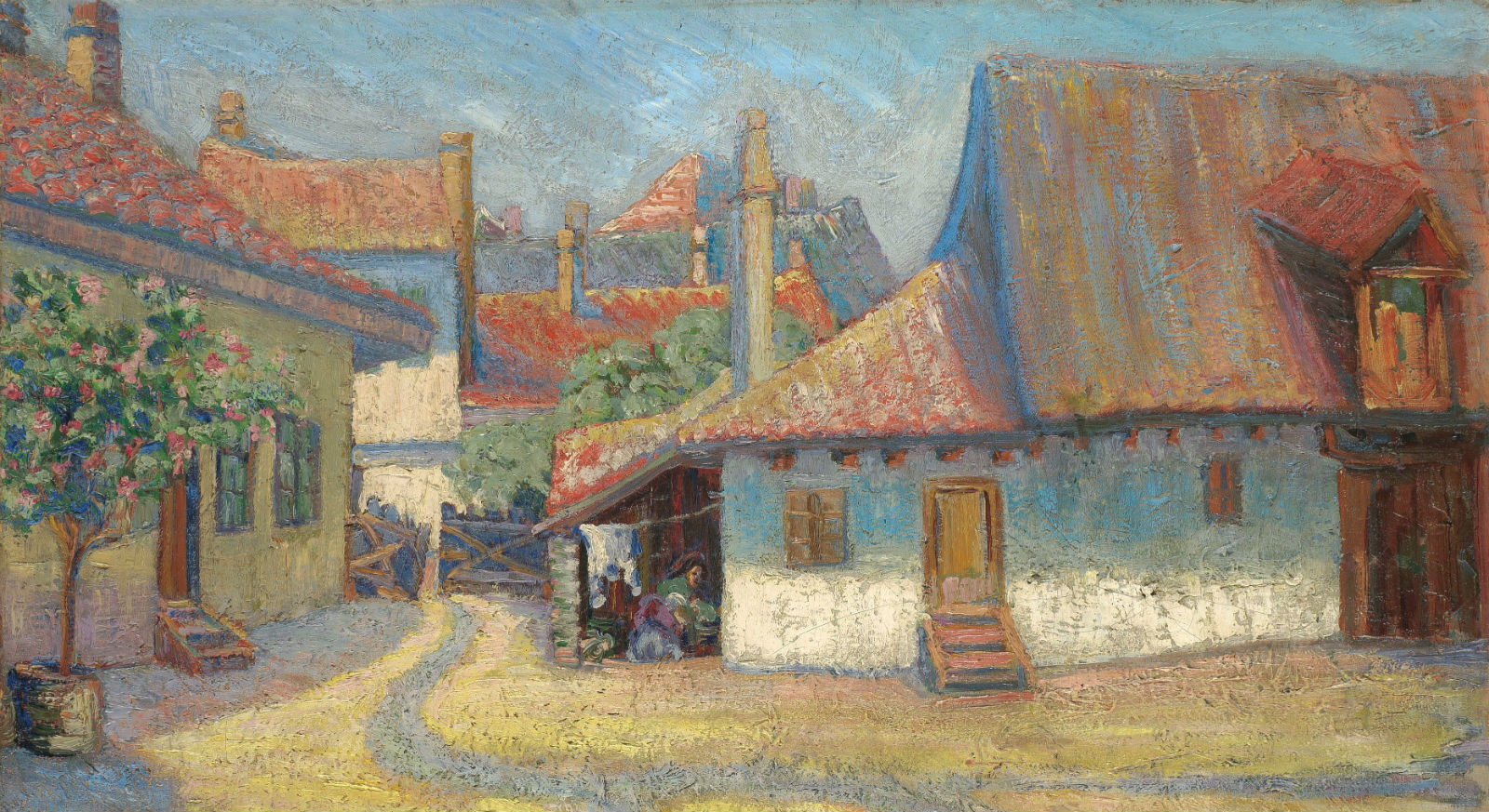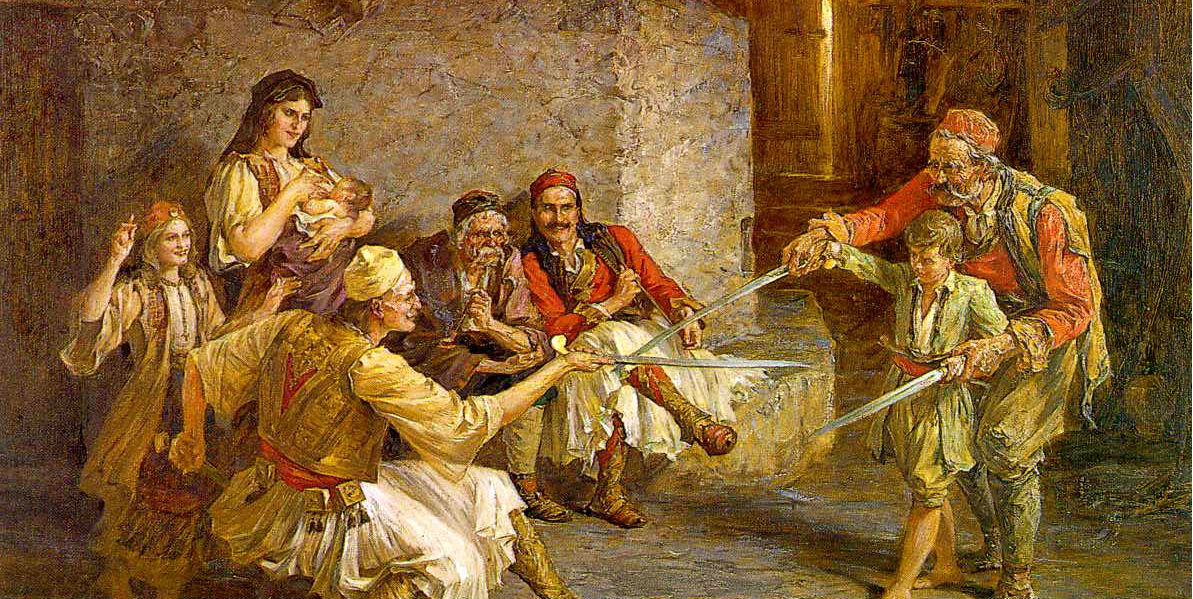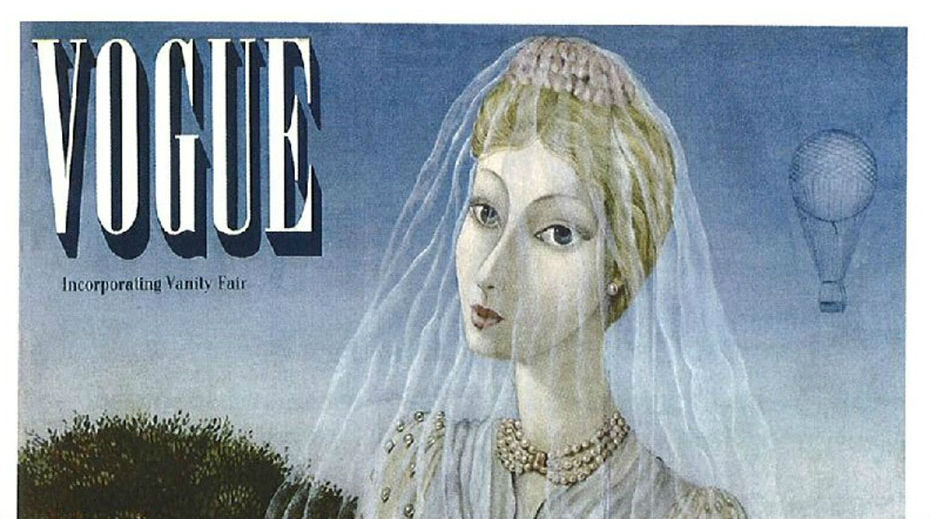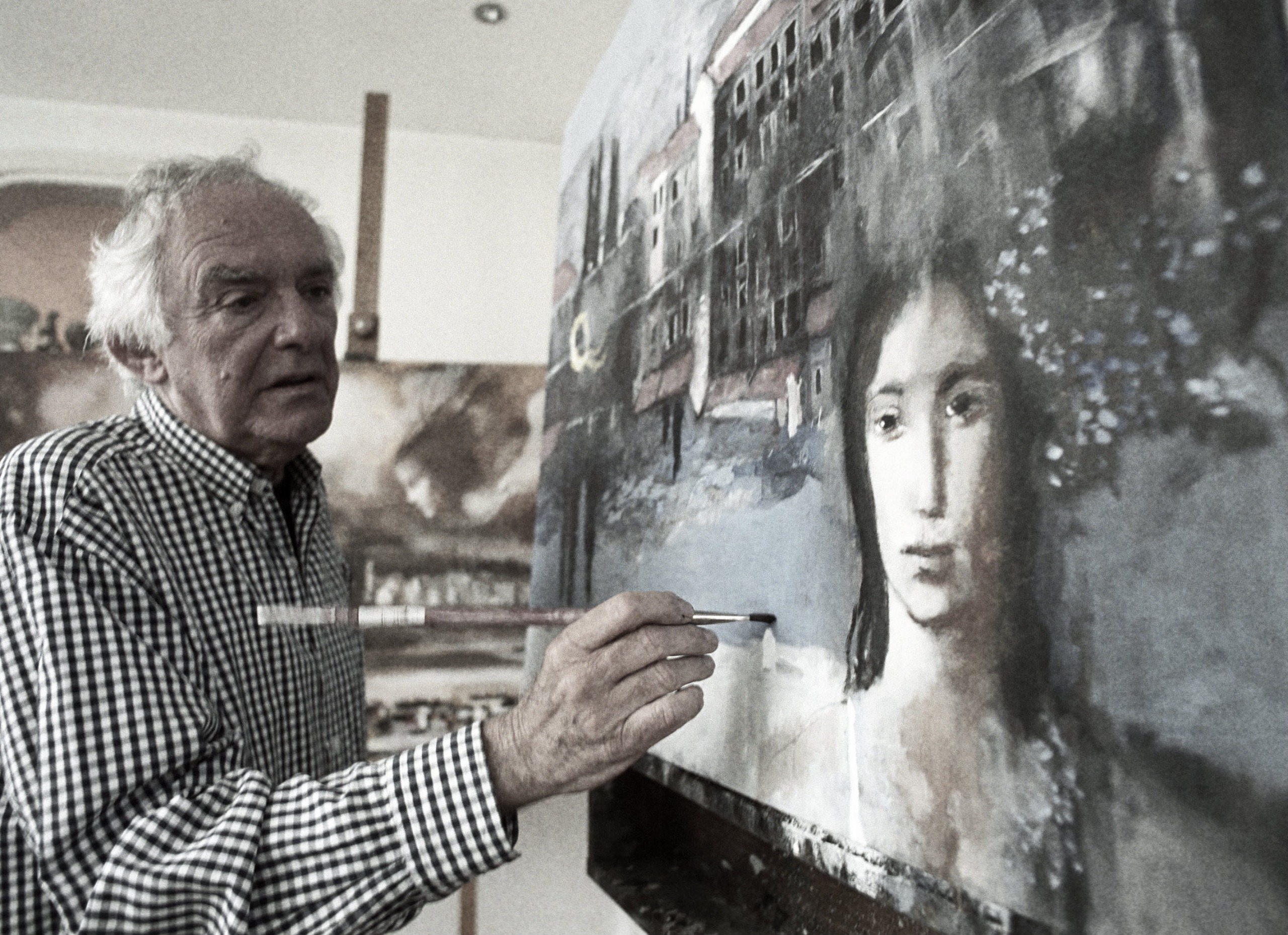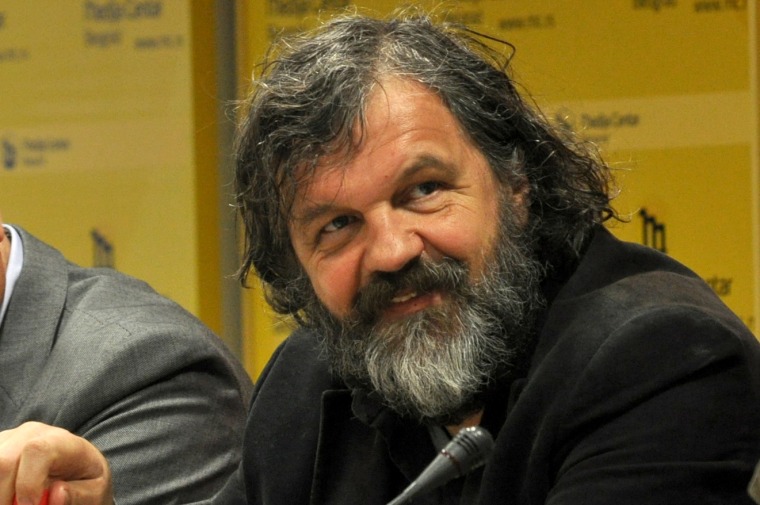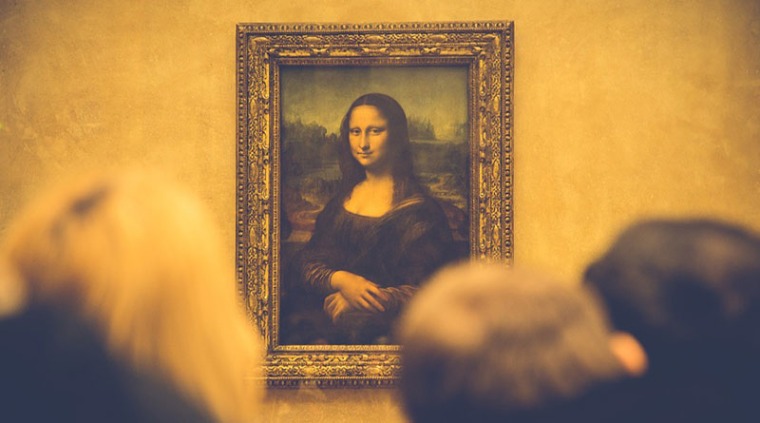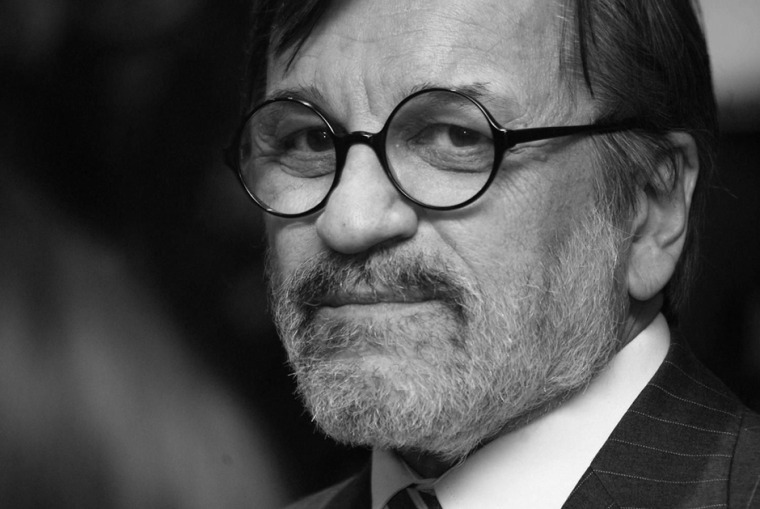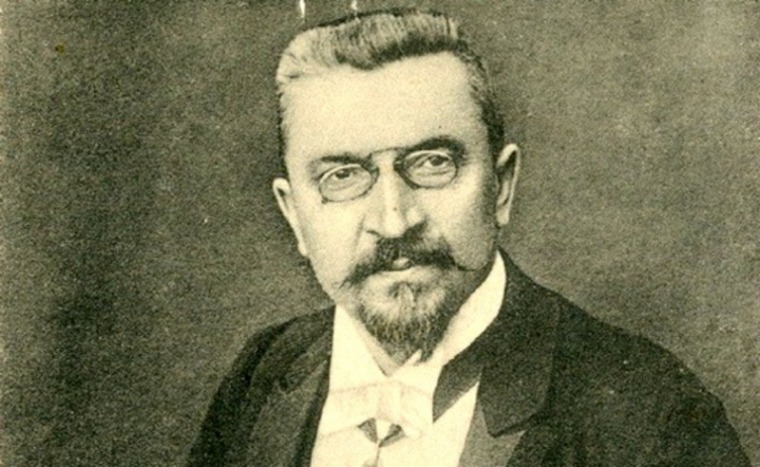Volunteer in three wars, patriot and supporter of unity between Yugoslav nations, Nadežda Petrović is the most significant author of Serbian expressionism.
Nadežda Petrović (1873-1915), is the most important Serbian paintress from the late 19th and early 20th century. She volunteered in three wars as a nurse, she advocated the idea of integral Yugoslavism and believed in the role of art in emancipation of all classes. She was the co-founder of the women’s humanitarian organization called Kolo srpskih sestara (The Circle of Serbian Sisters).
Nadežda Petrović originated from a highly educated civil family that had more understanding for art and culture than it was generally a case in Serbia at that time. She had six sisters and two brothers, one of whom was a famous Serbian painter and writer Rastko Petrović. After the Women’s school of higher education, at 25 she started studying in Münich in the private school of a Slovenian Anton Ažbe.
In 1900 she left Münich and came to Belgrade to hold her first solo exhibition. However, conservative environment in Serbia wasn’t ready to accept novelties that her paintings introduced, and only a few critics recognized her talent.
 After the exhibition in Belgrade, she returned to Münich in 1901 to continue her studies, now learning from Julius Ekster. She left Münich once again in 1903, and a year later she organized the First Yugoslav Art Exhibit and she was the initiator of the First Yugoslav Art Colony in Sićevo and Pirot in 1905.
After the exhibition in Belgrade, she returned to Münich in 1901 to continue her studies, now learning from Julius Ekster. She left Münich once again in 1903, and a year later she organized the First Yugoslav Art Exhibit and she was the initiator of the First Yugoslav Art Colony in Sićevo and Pirot in 1905.
The year of 1911 was marked by her trip to Paris. In 1912 Nadežda Petrović opened the first teaching studio in Belgrade. The same year she volunteered as a nurse in the First Balkan War. She was also a volunteer in the wars of 1913 and 1914. She died in Valjevo of typhoid fever, taking care of the wounded soldiers.
Her work introduced Serbian painting into trends of modern European art. Thanks to her spirit that strived for modern world, her work mostly followed European Expressionism, and it even approached, at the time still unrecognized, abstraction.
Dominating feature of her best works are large surfaces in bright red, her favorite color, and complementary green. Love for coloring creates a vortex of colors, among which purple, blue and black can be distinguished. Strong brush strokes and wide and thick layers of color transform canvas into dynamic relief surface.
She painted portraits and landscapes, and her patriotism reflected in her choice of themes from national history and people and landscapes from Serbia. She immortalized the Gračanica monastery on the painting “Kosovski božuri”, and she also painted the bridge of Dušan the Mighty in Skoplje. Her last painting depicts the hospital in Valjevo where she died of typhus in 1915.
Work of Nadežda Petrović is characterized by expression, strength and courage of this truly unique woman.
Related Articles
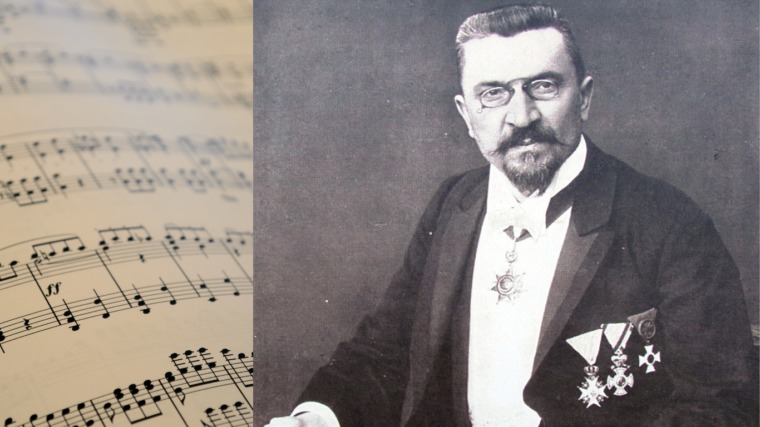
The Father of Serbian Music: Remembering Stevan Mokranjac
September 22, 2025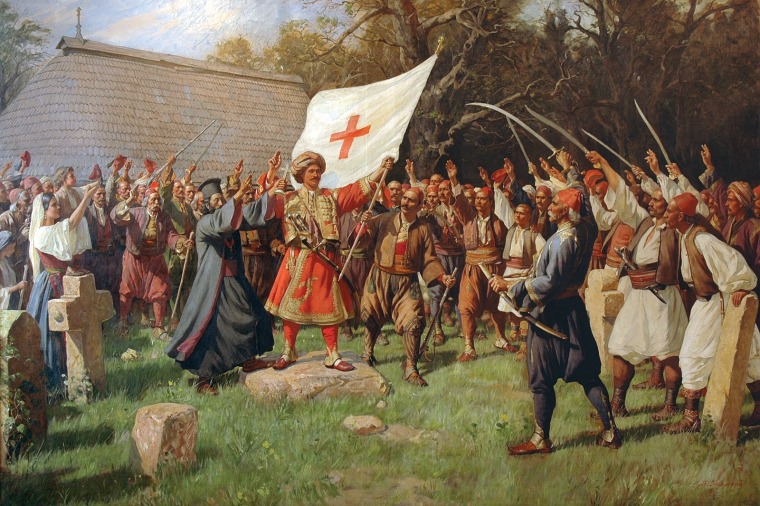
10 Serbian Painters Who Marked the Art World
February 10, 2025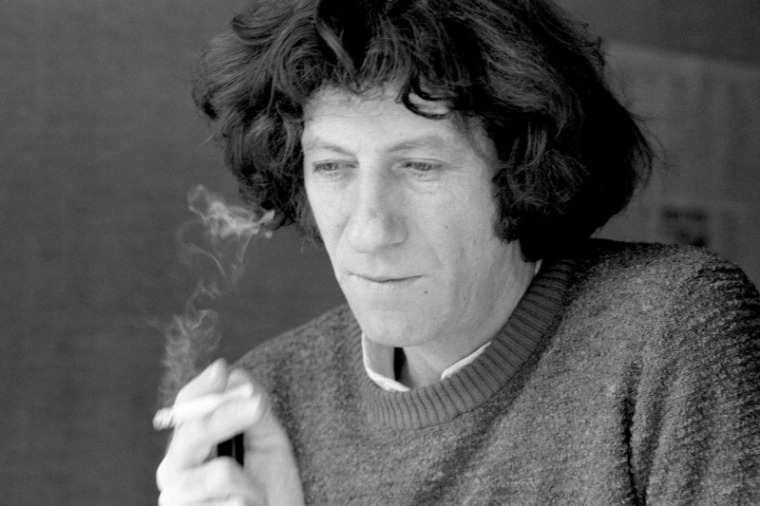
Danilo Kiš, a Genius of Serbian Contemporary Literature
February 22, 2016